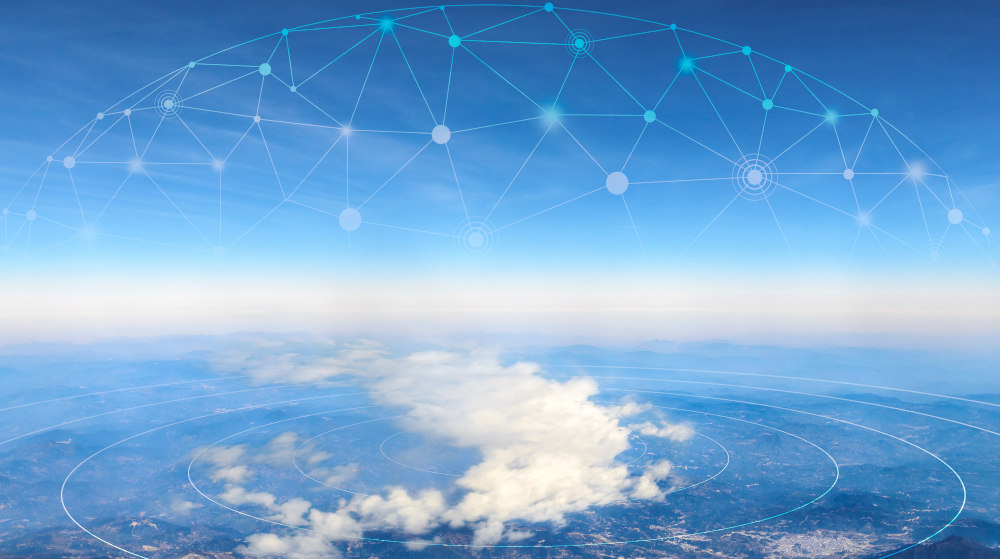COVID-19 is even influencing our weather – or at least how well we can predict it.
COVID-19 has the world in awe. Society, the health system and the economy have been in a state of emergency for weeks. Now the virus is even influencing our weather – or at least how well we can predict it.
Temperature, air pressure, wind, humidity – many parameters define the weather. To make predictions as accurate as possible, meteorologists use data from a wide variety of sources. One of these sources is aircraft. Passenger airliners are typically equipped with a wide range of sensors that provide valuable measurement data over the course of a flight. However, due to travel restrictions in the wake of the COVID-19 pandemic, air traffic has dropped dramatically. The German airline Lufthansa, for example, has canceled 95 percent of its flights. Many smaller carriers have been completely grounded since mid-March.
Missing links in the global measurement network
For meteorologists, this means that an important source of data is no longer available. The World Meteorological Organization (WMO) highlighted this in a statement on 1 April, noting that 3000 aircraft are equipped with special sensors to collect and transmit weather data during daily flight operations. This makes them part of a global network of surface weather stations, satellites, weather balloons, buoys, ships, and more.

Forecast quality could suffer
In the short term, meteorologists can compensate for the loss of a data source with other observations. The National Weather Service of the Netherlands (KNMI), for example, compensates for the missing aircraft measurements by using 21 additional weather balloons. The KNMI took a similar approach ten years ago during the eruption of the Icelandic volcano Eyjafjallajökull, which spewed dense ash clouds into the atmosphere, restricting air traffic over the Atlantic for weeks.
At this point, the WMO expects only a modest reduction in forecast quality due to the COVID-19 pandemic. However, if global aviation remains grounded for a long period, the reliability of our weather forecasts could suffer, says the WMO.
The lack of aircraft measurements is not the only problem. As social distancing measures restrict meetings, many organizations have postponed fieldwork and switched to remote working where possible. The German Weather Service (DWD), for example, sent 750 of its 2300 employees to home offices at the end of March.
Need for automatic weather observation
In the medium term, a lack of maintenance of weather stations could become a problem, says Brad Guay, meteorologist and Sales Engineer at OTT HydroMet. “The ongoing COVID 19 pandemic is affecting meteorological observations around the world. Scientists, engineers, and technicians are forced to stay at home,” says Guay.
Experts like Guay and his colleagues underline the importance of automated weather observations to protect life, infrastructure, and the environment in the event of severe weather. “Our goal at OTT HydroMet is to provide solutions that continuously deliver accurate and reliable data with minimal maintenance,” says Guay, “even from the most remote locations in the world.”
===
Do you want to learn more about meteorological instruments and modern measuring methods?Take a look at our product portfolio. You will find descriptions of our proven weather sensors sorted by category, application area, and measuring method.



